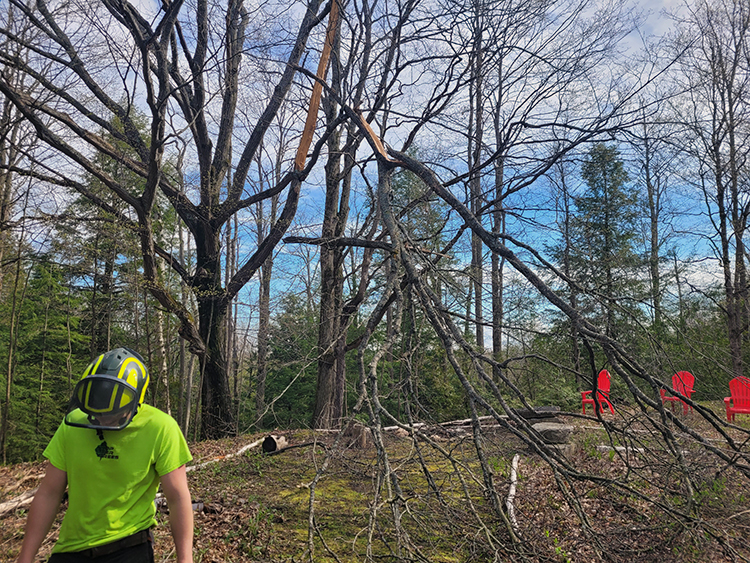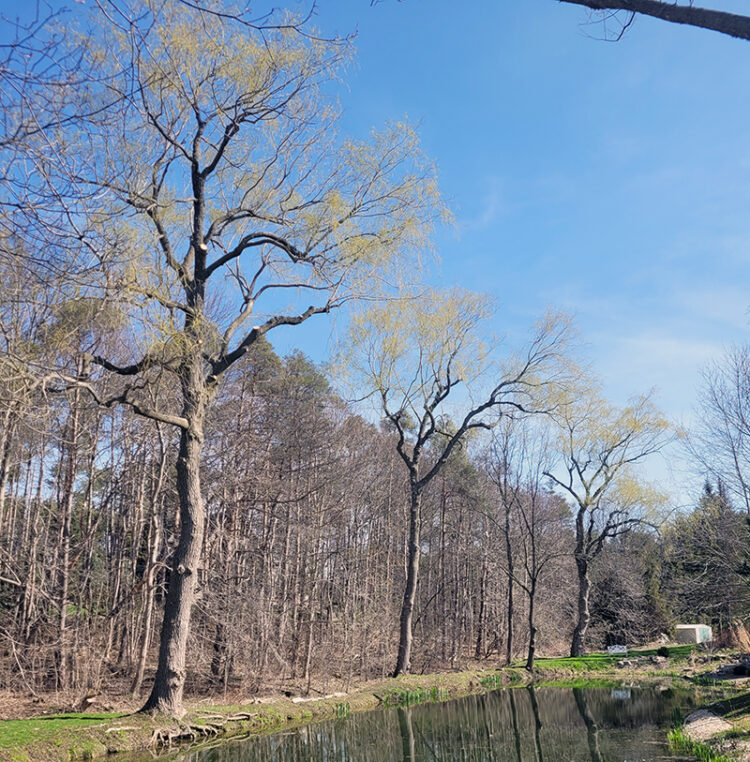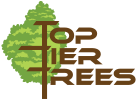What is Tree Pruning? Benefits, Techniques, and Best Practices Explained
A heartbreaking sight: a tree, standing tall and proud but burdened by heavy, diseased branches.
Not good. At all.
That’s where tree pruning comes in.
Tree pruning is more than just snipping away at branches. It’s like giving your tree a haircut, trimming the bad to make way for the good, the new growth that adds strength and beauty.
At Top Tier Trees Inc., we see tree pruning as a craft, an art form—something Luke Pedis, the owner, mastered since his days of fighting forest fires and working with local arborists.
Why should you care about pruning? And why, especially, in Peterborough?
What is Tree Pruning?
Tree pruning is exactly what it sounds like: you carefully choose which parts of the tree to remove to improve its health, shape, and safety.
What is the Difference Between Tree Pruning and Tree Trimming?
Now, distinguish pruning from tree trimming. They might sound the same, but what sets them apart is what you’re doing them for.
- Tree trimming is like tidying up and cutting back overgrown branches to enhance the tree’s natural shape and prevent obstruction.
- Tree Pruning is not just about aesthetics, but more about removing dead, diseased, or dangerous branches to bolster the health of the tree and prevent future problems.

Benefits of Tree Pruning for Your Property
Promotes Tree Health
Why prune trees? The answer is simple: Tree pruning keeps them healthy.
Removing diseased, damaged, or dead branches stops pests and diseases from spreading. This allows healthier growth, like giving your tree a fresh start.
A well-pruned tree is also less susceptible to storm damage, making your landscape safer and just prettier to look at.
Improves Safety
Imagine a windy day and an old, weak branch just snaps.
That’s an accident waiting to happen.
Pruning reduces safety risks by ensuring no precarious branches linger overhead. It’s about protecting your home, your car, and, more importantly, your loved ones.
Enhances Appearance
Who doesn’t love a well-groomed tree? Pruning helps maintain your tree’s structural integrity and natural beauty. Many customers would tell you it’s an investment in your landscape’s appeal.
Common Tree Pruning Techniques Used by Professionals
Crown Thinning
Crown thinning removes select branches to reduce your trees’ load while increasing light penetration and air circulation.
Crown Raising
Crown raising lifts the lower branches, providing clearance for buildings, vehicles, and pedestrians. It lets your tree coexist with the structures and pathways below it.
Crown Reduction
Crown reduction is about cutting back the size of a tree. Instead of chopping off the top (which harms the tree), professionals cut back to a lateral branch that can take over.
Crown Cleaning
Crown cleaning involves removing dead, diseased, or broken branches. Done correctly, it maintains the health of the tree.

Seasonal Tree Pruning Considerations for Peterborough Trees
Our local tree care experts in Peterborough understand how to apply these pruning methods to keep our regional trees thriving.
Spring and Summer Pruning
Spring is the best time for some trees to remove dead wood or make light, corrective trims. Think of flowering trees, like ornamental cherries.
But here’s a caveat: heavy pruning after the spring growth flush? It drains the tree, making it challenging to bounce back and fend off disease, especially for weaker or juvenile trees.
Think of summer pruning like a mid-year checkup. You manage your tree’s structure, nipping problems in the bud.
Water sprouts and crossing branches can be taken care of during this season.
Just be careful of leaving wounds. Pruning wounds can be entry points for diseases.
Fall and Winter Pruning
Late winter to early spring is the prime time for pruning trees, especially for Shade Trees.
Why? It’s simple: Trees are dormant during the cooler months, which minimizes sap bleeding and lowers the risk of spreading diseases.
For large and mature trees, pruning in the colder months ensures each wound closure process starts as the growing season kicks in, promoting healthy trees.
With no more leaves, the tree branches are clearly visible, making it easier to assess each branch’s structure.
What About Local Tree Species in Peterborough?
Here in Peterborough, we’ve got a lovely mix of local trees, each with pruning quirks.
- Maples are best pruned in late winter because it is too early and prone to excessive sap flow.
- Oaks are vulnerable to oak wilt, which spreads by pruning wounds. Only prune oaks in the colder months, so disease-spreading beetles are inactive.
- Pines often require less pruning, but when they do, it’s to cut dead wood. The general rule? Prune in the early spring before new growth starts.
- Other trees in the area include birch, ash trees susceptible to emerald ash borer, and beech which can be affected by bark disease.
